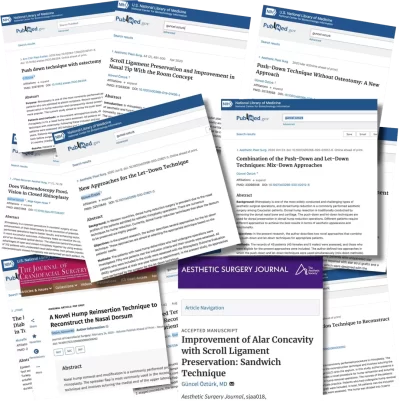

Suitable candidates for eyelid surgery are:
Healthy individuals with no medical conditions that could adversely affect the healing process
People without serious eye problems
Remember that the eyelids are part of the face. The appearance of a drooping upper lid can also be due to a loose forehead skin and eyebrow.
For eyelid surgery:
Get a laboratory test or medical evaluation.
Take certain medications or adjust your current medications.
Stop smoking.
Avoid taking aspirin, anti-inflammatory drugs and herbal supplements as they increase bleeding and bruising.
Eyelid surgery should be performed in a full-fledged hospital. Do not forget to arrange for a companion to stay with you for the first night after surgery and for the return home after surgery.
The eyelid consists of 4 structural layers: Skin, muscle, fascia and fat pads… The upper eyelid has fat pads on the inner and midline and the tear gland on the outer line. In the lower eyelid, there are inner, middle and outer fat pockets.
In upper eyelid aesthetics, the upper eyelid is numbed with local anesthesia. The skin is removed and then some of the underlying muscle is removed. The fat pockets in the inner and midline are reached and some of the herniated fat pockets are removed. If there is sagging in the tear gland, it is hung up. The skin is closed with dissolving sutures and the procedure is finalized.
In lower eyelid aesthetics, the lower eyelid is first numbed with local anesthesia. Skin and muscle are lifted. The inner, middle and outer fat pockets are reached and some of the herniated fat pockets are removed. Afterwards, some of the excess muscle and skin are removed. The skin is closed with dissolving sutures and the procedure is finalized.
Incision lines for eyelid surgery are designed to ensure that the resulting scars are hidden within the natural structures of the eyelid area.
The upper lid can be corrected with an incision in the natural fold over the eyelid. This allows fat deposits to be removed or repositioned, muscles tightened and excess skin removed.
Conditions in the lower eyelid can be corrected with an incision just below the lower lash line. Through this incision, excess skin in the lower eyelid is removed. Again, excess fat can be repositioned or removed.
A transconjunctival incision created on the inside of the lower eyelid is an alternative technique to correct lower eyelid conditions and redistribute or remove excess fat. With this technique, the skin is not removed.
It is important that surgical incisions are not subjected to excessive force, abrasion or movement during healing.
Most patients complete the healing process within 10-14 days. However, full recovery can take several months.
As the swelling and bruises disappear after eyelid surgery, the shape of the eyelids is revealed; the face gains a more vigorous and youthful appearance.
During eyelid surgery, lubricating ointments and cold compresses may be applied, and in some cases your eyes may be loosely covered with gauze after your procedure is complete.
You will be given specific applications that may include how to care for your eyes, medications to aid healing and the potential for infection, special concerns to watch out for at the surgery site or for your general health, and how to use it to follow up treatment.
During the healing process, there may be some swelling, bruising, irritation and dry eyes, which can be controlled initially with medication, cold compresses and ointments. Irritation at the incision site is also possible.
You must wear diligent sun protection and black sunglasses until the healing process is completely complete.




Copyright © 2026 Tüm Hakları Saklıdır.
SEO:
